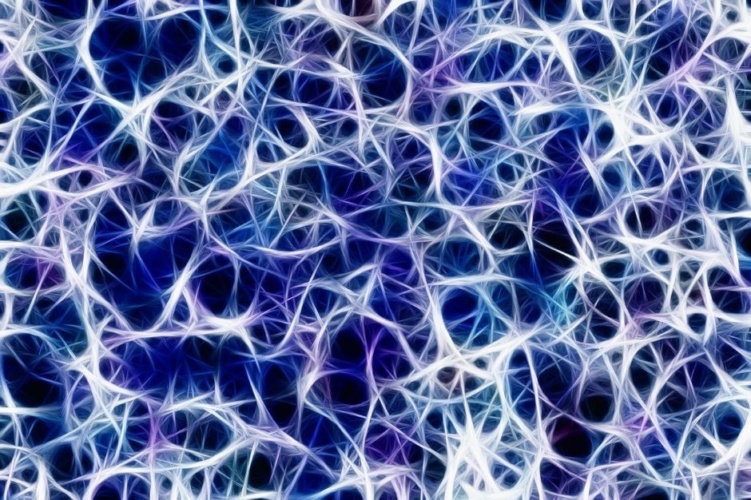
Magnetic signals in the brain, which are measured by magnetoencephalography (MEG), are easier to localise than electrical signals measured by EEG, so they are likely to have greater utility for earlier and more accurate diagnostic techniques.
Audio-visual treatment points to Alzheimer’s breakthrough
Physicist Dr Anna Kowalczyk led a team of scientists from the Quantum Gases group at Birmingham University’s School of Physics and Astronomy and the Neuronal Oscillation group at the School of Pyschology who designed a new Optically Pumped Magnetometer (OPM) sensor. These sensors are used in MEG laboratories and utilise polarised light to detect changes in the orientation of the spin of atoms when they are exposed to a magnetic field.
According to the University, the new sensor is more robust in detecting the brain signals and distinguishing them from background magnetic noise compared to commercially available sensors. The team also reduced the sensor size by removing the laser from the sensor head and made further adjustments to decrease the number of electronic components.
Benchmarking tests took place in facilities at Birmingham University’s Centre for Human Brain Health, and reportedly showed good performance in environmental conditions where other sensors do not work. Specifically, the researchers showed that the new sensor detects brain signals against background magnetic noise, raising the possibility of MEG testing outside a specialised unit or in a hospital ward.
In a statement, Dr Kowalczyk said: “Existing MEG sensors need to be at a constant, cool temperature and this requires a bulky helium-cooling system, which means they have to be arranged in a rigid helmet that will not fit every head size and shape. They also require a zero-magnetic field environment to pick up the brain signals. The testing demonstrated that our stand-alone sensor does not require these conditions. Its performance surpasses existing sensors, and it can discriminate between background magnetic fields and brain activity.”
The researchers expect these more robust sensors will extend the use of MEG for diagnosis and treatment, and they are working with other institutes at the University to determine which therapeutic areas will benefit most from this new approach.
Neuroscientist Professor Ole Jensen, who is co-director of the Centre for Human Brain Health commented: “We know that early diagnosis improves outcomes and this technology could provide the sensitivity to detect the earliest changes in brain activity in conditions like schizophrenia, dementia and ADHD. It also has immediate clinical relevance, and we are already working with clinicians at the Queen Elizabeth hospital to investigate its use in pinpointing the site of traumatic brain injuries.”
The team’s work is published in Neuroimage, and a patent application has been filed that covers the design of the new sensor and its use in medical diagnostic equipment.




Poll: Should the UK’s railways be renationalised?
I think that a network inclusive of the vehicles on it would make sense. However it remains to be seen if there is any plan for it to be for the...